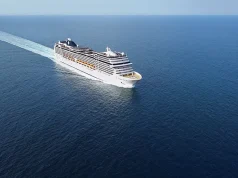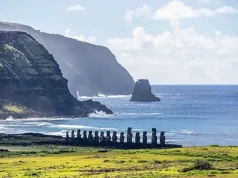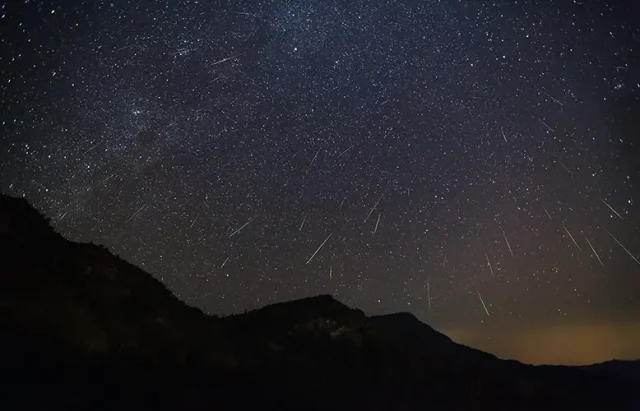
People around the globe are increasingly on the lookout for the world’s most extraordinary natural phenomena, with searches for ‘astronomical events’ having increased by 2000% in the past 5 years alone worldwide, according to Google.
In particular, meteor showers are piquing the interest of the masses, but there’s one meteor shower that’s gaining more attention than others – the Geminids meteor shower, which has seen search engine results skyrocketing by 550% for ‘Geminids meteor shower live’ worldwide in the last 12 months.
And for those hoping to be in with a chance of glimpsing this spectacular astronomical event, travel company Swoop Patagonia is offering a cruise departure this December that takes place under some of the world’s darkest night skies, perfect for viewing the Geminids shower when it’s at its brightest.
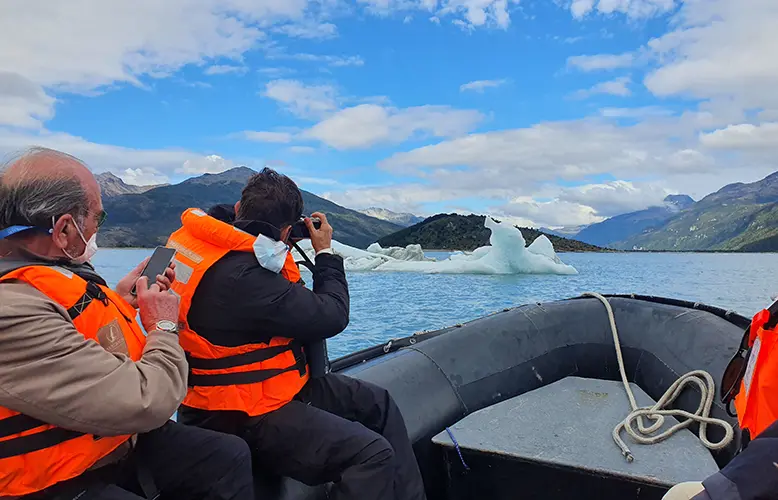
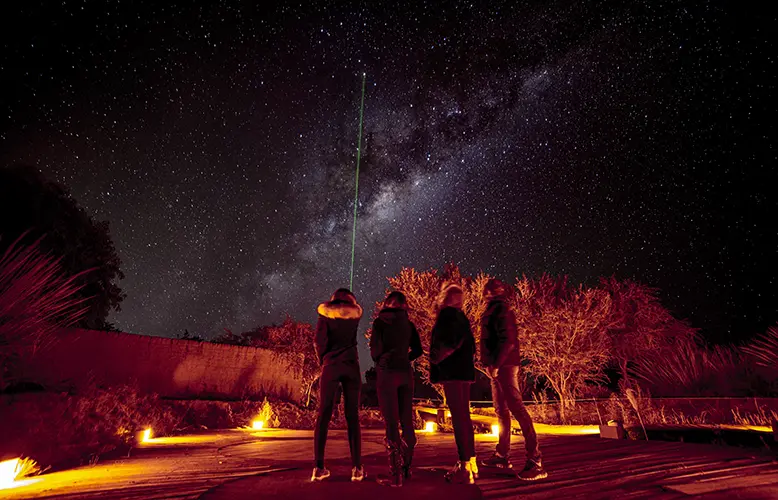
Cruise tourism is making a big comeback post-pandemic, with cruise passenger volumes forecast to reach 106% of 2019 levels in 2023, with 31.5 million passengers sailing, according to research.
The company, which is an expert in planning unforgettable adventure itineraries of a lifetime in remote Patagonia, still has last-minute availability at a discounted price for its meteor-viewing cruise, departing on the 14th of December.
The ‘Wildlife, Glaciers & Cape Horn’ cruise is for adventure travelers to witness some of the world’s most pristine landscapes whilst also having the opportunity to see one of the most mesmerizing and final celestial events of the year to end 2023 on a high, particular as this year is one of the best in the last decade for meteors.
The Geminids meteor shower will illuminate the night sky at its most powerful on the 14th and 15th of December, during the cruise’s first two days of sailing during the 5-day itinerary.
Dubbed the king of meteor showers, the Geminids will be taking place throughout the whole cruise’s duration, meaning travelers will likely be in with a chance of spotting this breathtaking astronomical event at some point in one of the world’s best destinations for stargazing.
One of the company’s Patagonia Specialists, Danny Middleton, a keen astrophotographer, had this to say about observing the shower in Patagonia:
“Thanks to Patagonia’s extremely dark skies with no light pollution, the region offers the optimum stargazing conditions in one of the most spectacular places on the planet. Having seen the Geminids meteor shower in the Atacama Desert myself, I can say it was a breathtaking experience. With hundreds of these ‘shooting stars’ flying past, you can snap some of the most amazing photographs possible in astrophotography.”
Beginning in Punta Arenas in southernmost Chile, passengers will depart in the evening onboard their cruise to savor world-class dining and unparalleled stargazing experiences. Once sated, guests can head to the main deck, or stay in the comfortable confines of their cabin, to be in with a chance to spot the Geminids meteor shower at its brightest.
After waking from their stargazing experiences on night one, guests will venture to Ainsworth Bay in Alberto de Agostini National Park, Chile’s third-largest park and a true haven for diverse wildlife. Here, they’ll view some of Patagonia’s most extraordinary natural sights, including the Darwin Mountain Range and the Marinelli Glacier.
After which, they’ll be guided through the sub-polar Magellanic Forest, which can only be found in the southernmost regions of South America. The forest is home to a unique ecosystem that you can’t find anywhere else in the world, where travelers will follow winding rivers and flowing creeks as they discover the flora and fauna that flourish in its verdant confines.
In the afternoon, guests will venture out by boat to the Tucker Islets, home to the near-threatened Magellanic penguins, who will be nesting during the month of December. Cormorants also soar above the islets and skuas perch on clifftops, which travelers can see as they float beside the islets’ shores.
The second evening of the cruise is spent soaking in another opportunity to stargaze and to spy the Geminids shower whilst it’s at its peak. Be sure to bring a good camera to capture the moment in action!
Travelers will commence day three of the tour by journeying across the Beagle Channel, home to towering and snow-capped mountain ranges, to reach Pia Fjord ready to traverse extraordinary icey landscapes.
They can expect exceptional panoramic viewpoints en route or the chance to ascent the lateral moraine of the immense Pia Glacier – unlike anything adventurous souls will have ever seen.
Setting sail again, the vessel will cruise through Glacier Alley, where passengers will be surrounded by a plethora of impressive tidewater glaciers that course down from the Darwin Mountain Range, like a tidal wave of ocean blue frozen in time.
Finishing the trip with a bang on the final full day of the cruise, travelers will sail through Nassau Bay to reach the immense Cape Horn National Park, which marks the end of the South American continent referred to as the ‘End of the Earth’.
Having been declared a World Biosphere Reserve in 2005 by UNESCO, this speaks volumes about the wild biodiversity visitors will find in this untouched corner of the globe. For a truly memorable experience, guests will spend time at the Cape Horn Lighthouse, meeting the family living in total isolation here and trekking to the world’s southernmost national park.
And to satisfy history lovers, the cruise ventures to Wulaia Bay too, which Charles Darwin discovered during his voyage on the HMS Beagle in 1833 whilst circumnavigating the globe. It was originally the site of the region’s largest Yamana aboriginal settlements and is famed for spectacular natural beauty through a sea of beach trees and other vegetation.
Travelers will end their trip with a captain’s dinner onboard the vessel, and savor their last opportunity to stargaze in one of the globe’s most secluded regions with unrivaled astronomical sightings.



